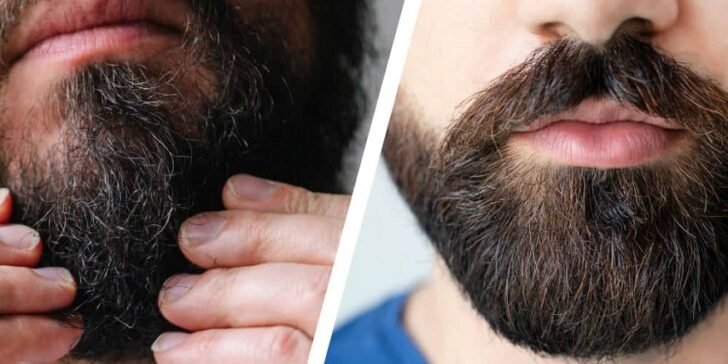
If you’re reading this, you’ve probably seen some beard flakes or some flaky skin under beard. It’s probably itching and the skin on your cheeks has become reddish in colour. Maybe you’ve even spotted some flakes on your eyebrows and mustache. If this is the case, there’s a good chance that you’re suffering from beard dandruff.
But don’t rush to oil it, because a dry skin beard is different from dandruff in beard and eyebrows. Understand the reasons for dandruff, before you turn to a beard dandruff treatment.
What causes dandruff in the beard?
Dandruff is usually found on the scalp, where it causes a build-up of dead skin cells that fall out as flakes. This troubles almost half of the world, who have a sensitivity towards particular fatty acids. It also involves a fungus called Malassezia Globosa, which is naturally found on your skin. It is usually harmless but goes into overdrive when you have an oil build-up.
Your face and scalp contain the largest number of sebaceous glands, which secrete oil or sebum. This is intended to hydrate your skin and shield it from the external elements. But if your skin is excessively oily, the fungus can break the sebum down and cause flaking, itching and redness. Why dandruff comes on your beard is all based on how sensitive your body is towards this breakdown.
How do you treat beard and mustache dandruff?
The good news is that beard dandruff is manageable. Understanding how is dandruff formed allows you to attack the underlying reasons and find a way to reduce your headache. These are some of the common methods:
- Beard dandruff shampoo – People have started using beard shampoos quite often, but you might want to use a dandruff removal shampoo These can contain active elements which kill the fungus and balance out your oil levels. Don’t use products that contain harsh chemicals as your face is quite sensitive.
- Moisturise your beard – Conditioning after a good shampoo can help your skin rehydrate and regulate the oil secretion. Excessive dryness causes more oil secretion by your body to balance out the low levels, a situation you want to avoid. Oiling can be effective in this regard, with various beard oils available in the market. Tea tree oil can also work to reduce your dandruff levels, but always dilute with a carrier oil like coconut oil.
- Reduce products – You might be tempted to use gels and waxes to get that perfect look. But these products might be triggering your dandruff. Allergic reactions to these products often go unnoticed, but they can spike your oil levels and cause inflammation. Remove any new products from your regimen and see if there is any impact.
- Aloe vera – You can apply aloe vera directly to your beard or create a mask with lemon juice in it. This gel is cooling in nature and can attack the fungus that’s causing your dandruff. It also contains enzymes that can reduce the oil levels and soothe the itching.
- Trim your beard– You might not realise itbut your beard could have split ends that are unable to retain moisture. Dry and stringy beard is often a symptom of a dry face. This excessive loss of moisture can trigger your body into producing more oil and creates a non-stop cycle. Trimming can get rid of these split ends and reduce moisture loss. You might even want to brush your beard and ensure that the oil has spread down to the tips.
- Sleep, exercise and diet–Getting a good night’s rest, adequate cardiovascular exercise and a healthy diet can directly impact your beard dandruff. These all help in getting rid of toxins and reducing your stress levels. All working towards the goal of regulating how your body works, including oil secretion.
Growing a beard can be a fun experience. But if you want to keep it that way, you need to learn how to keep it healthy and avoid a dandruff beard or seborrheic dermatitis beard.
